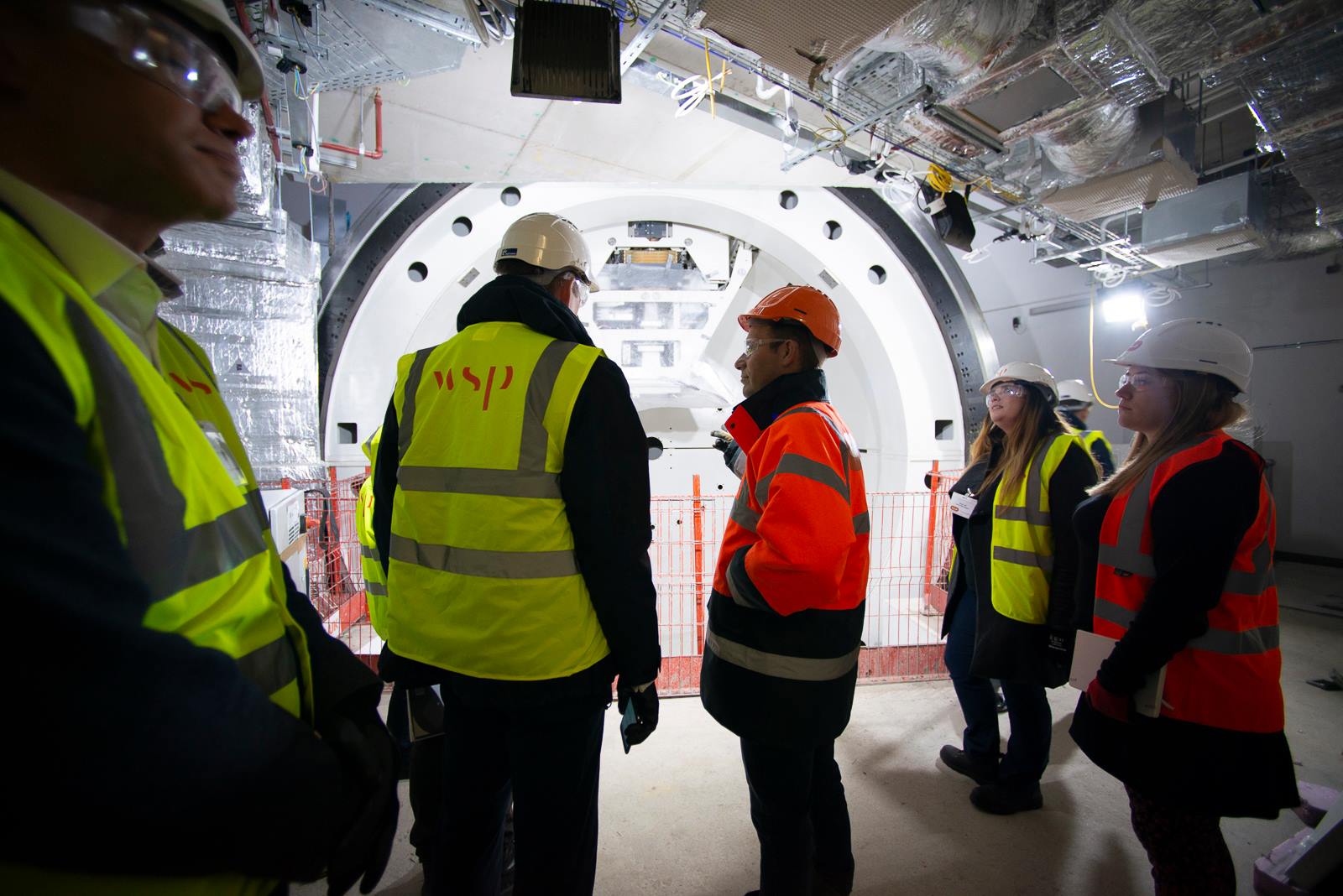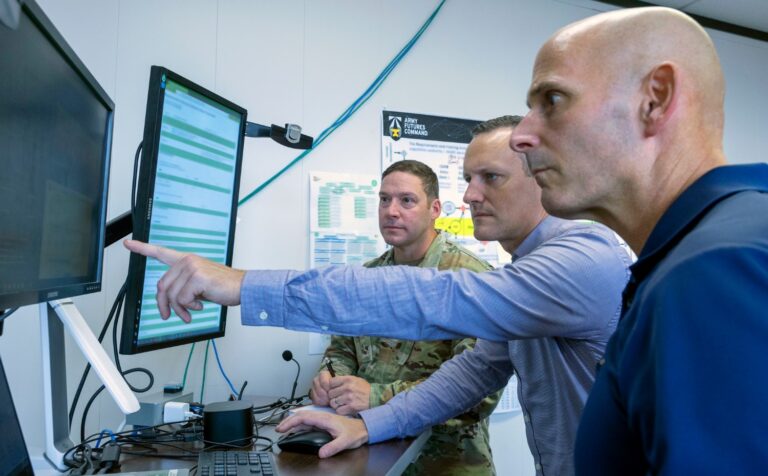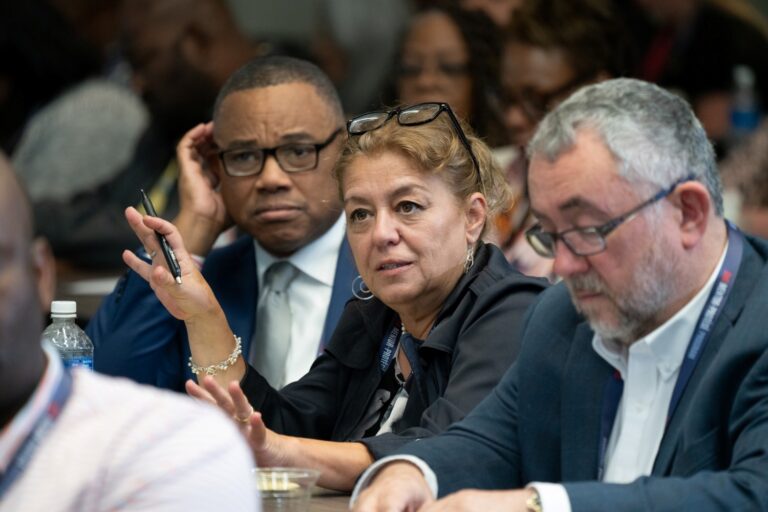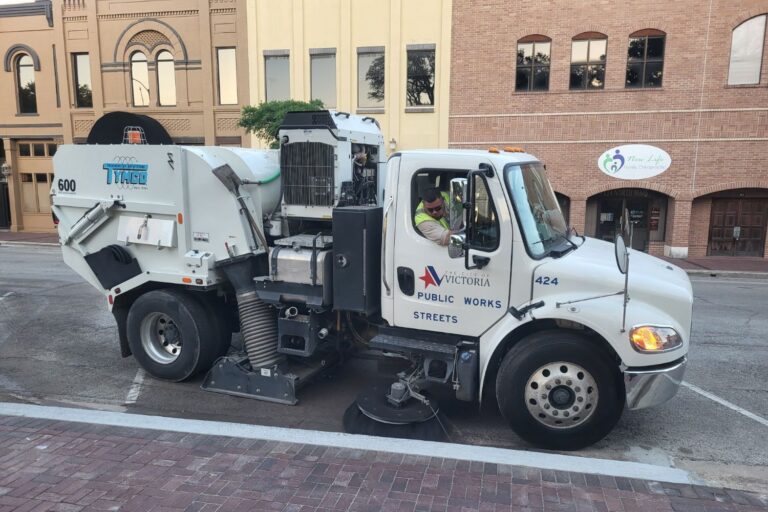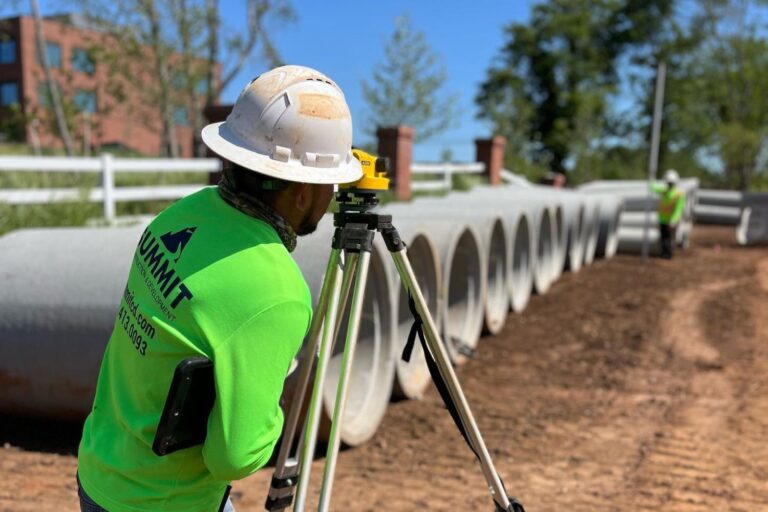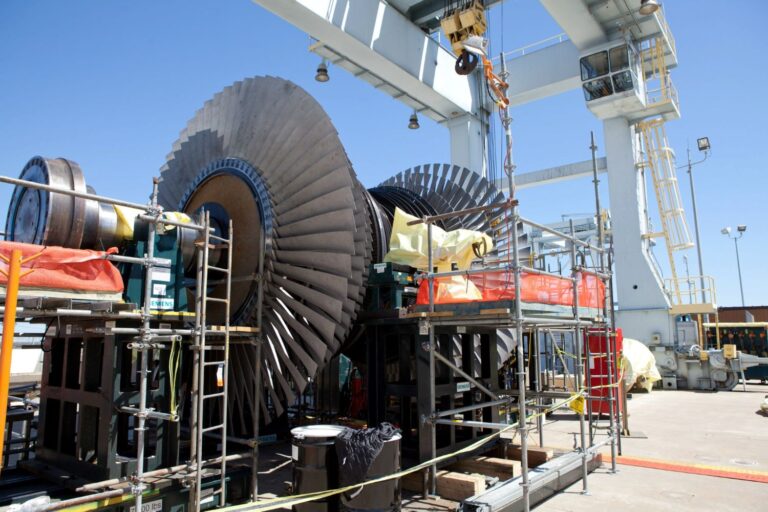WSP: The Story of Regional and Inspirational Approach
From its local beginnings over 130 years ago to its vast international presence today, WSP has enjoyed continuous growth and enrichment of its service offering. Every milestone it reached has successfully proved this firm’s goal in nurturing its communities and environment for the future.
In addition to the fact that WSP has right approach with its employees and customers, this firm itself has successfully adapted the change. Let’s read on to uncover how WSP keep its sustainable development within the scene!
WSP and the “Regional Approach” Story
Being the U.S. operating company of WSP, WSP USA is one of the most famous global engineering and professional services firms. It was founded in 1885 in New York City by civil engineer William Barclay Parsons. This firm’s business mainly focuses on designing lasting solutions in the buildings, transportation, energy, water, and environment markets. With more than 10,000 employees in 170 offices across the U.S., it is regularly found among the nation’s largest professional services firms, including placing 7th in 2020 ENR Top 500 Design Firms ranking.
To remain the connection to the clients and communities it serves throughout this journey, WSP has to rely on a strategy, which is called “regional approach” by CEO Greg Kelly. Specifically, this firm has leveraged its national scale and technical expertise across all markets to deliver a full scope of services to clients locally.
“Our business model is to be local with clients,” Kelly explains. “We hire locally, and strategically locate offices where we can be active and involved in those communities.”
This strategy includes WSP’s contributions to resolve regional problems. This firm has invested more than a half-million dollars nationally to support a host of charitable organizations, including the March of Dimes, the ACE Mentoring Program, the Salvation Army and Habitat for Humanity.

Besides, defining exactly what local customers want is also the key pillar to business’s win. In the case of WSP, the ever-changing transportation market remains a key focus for the firm. “It’s not so much where the ball is now, but where it will be in the future,” explains Jerry Jannetti, a WSP senior vice president.
Because of reduced staffing at public-sector transportation agencies, according to Jannetti, the customers look to this company to not only develop a design in accordance with plans and specifications, but also provide value-added services, such as finding ways to help contractors meet or improve upon project schedule. In the order word, this firm has taken advantage of the regional condition for adjusting business operation.
WSP is also renovating itself to satisfy building and facility owners with increasing information demands, particularly concerning energy use. “They want evidence-based data to prove that the system is going to work,” says WSP senior associate Sean Hu, who specializes in electrical systems for health care, technology, and other projects.
In addition, this firm notes that health care is among the strongest of the MidAtlantic region’s building markets, as owners seek to bring medical services to local communities, eliminating the need for hospitalizations. WSP enhanced its presence in this area with the May 2019 acquisition of health care building systems specialist Leach Wallace, which has locations in Elkridge, Md., and York, Pa.
WSP hopes to lead by example in its planning and design services, having recently set an ambitious goal of making its U.S. operations carbon-neutral this year by pursuing high-value offsets in areas such as office location and access and employee travel. Gregory Kelly – Chief Executive Officer at WSP says the goal, identified during development of the firm’s recently released three-year strategic plan, originated with WSP employees.
“They told us this was something they wanted us to do,” he says. “We’re hopeful we can bring our experiences to clients that have or are considering similar programs.”
Those programs have to be effective, Kelly adds, given that the MidAtlantic market shows no signs of slowing in the immediate future. “There are good opportunities through the corridor,” he says, “and we need to be ready for them.”
Inclusion and Diversity: Why Both?
In addition to external strategy, WSP internal operation also has some spotlights. In recent years, WSP is seeing wage inflation in some of the countries where it operates, as competition for engineers remains high, Chief Executive Officer Alexandre L’Heureux said. However, he’s finding that pay isn’t the main motivating factor for recruits. Instead, he said, the key to attracting and keeping young talent today is to create a work environment that offers autonomy, prospects for career growth and mentoring.
“When we survey our employees, compensation comes probably in number eight or nine in the list of actions and priorities that we need to focus on,” L’Heureux said.
The working culture plays essential role in shaping WSP’s position. In this professional environment where diversity and inclusion are a core value, they value diversity and welcome people with different foundation and scope. They know that these differences lead to better results, where their employees can thrive and develop more powerfully. So, what is stand behind this firm’s warm and future-focused culture?
#1. Respect the Diversity
One of this firm’s strengths is that their employees come from a wide variety of backgrounds and so do their customers. To remain personal identity while respecting and benefiting from all our employees’ contributions is particularly important to WSP.
To fulfill that mission, all WSP’s employees are treated equally and fairly in its corporate culture. Their employees are given the best conditions to reach their full potential respect and protection of human rights. It also provides sustainable work environment – where employees can perform their job in a physically safe and flexible way.

“It is important for us to enable a work environment where our employees come to work every day with curiosity, drive and a sense of purpose.” – Says WSP in mass media.
Respect individual’s differences and see its employees as trusted professionals who deliver great results for customers and colleagues, WSP continuously to be a living proof for stimulating and open work environment. All of them can make for a humane and commercially sustainable workplace.
“For us, it is important that our employees should feel proud to belong to WSP and that we are an attractive employer for future colleagues. We follow up the commitment and employee satisfaction of our employees annually to be able to ensure that we continue to be the employer and workplace that our employees wish for.” – WSP proudly states.
That diversity brings different perspectives to the table, which will make WSP more resilient to adapt to future challenges in the industry. Besides, it also ensures WSP’s employee can thrive and develop over time – and thus want to stay at WSP.
#2. Key to Keep Employees Motivated
WSP has a long-held pledge to continue nurturing diverse perspectives to enhance its learning, knowledge sharing and innovative ideas. “Only through inclusion do we succeed. We’re on this journey together, and our empathy for each other is the key to designing a better future.” – said Marc Antoine Grondin, Transportation Engineer at WSP.
The employees at WSP can feel comfortable and being their true authentic self in the workplace. The reason is simple: Whether they were working from the Montreal or the New York office, they have always felt accepted. In the other word, they don’t have to worry about what their colleagues or clients would think about their personal life.
By this way, this firm enables its employees to focus their all energy on delivering the best work to its clients. It also pushed them to take leadership positions in organizations within the office as well as pay more belief for their executive board.
“I believe one way to move forward is to lead by example and have more underrepresented groups in leadership roles. I think this sends a strong message about what WSP truly is. WSP wins when the employees and our clients are happy.”” – said Grondin.
Being highly attuned to employee ideas and interests is among the ways this firm hopes to attract and retain needed talent. “Competition for good people is the downside of a good market,” WSP’s spokesperson says. “We feel our on-boarding and professional development programs will foster a sense of belonging from the outset that’s sustained throughout their careers at WSP.”

The Firm’s Direct Response to COVID-19
The severe short-term impact of COVID-19 on the nation’s economy is driving organizations to revisit core priorities and capital investment needs and anticipate infrastructure economic stimulus efforts. Catching the demand change in building structure – like how to implement more outside air and increase air change rates, WSP has quickly make use of the condition to improve its approach engineering challenges, with a view to helping building owners better manage their spaces and create a safer environment for users.
It also focuses on increasing remote building monitoring and management, including things like automatic doors and contactless security, as well as motion-sensing for plumbing and light fixtures. By this way, this firm can have better competitive advantage in compared to other firms.
“Our teams are also looking at what we can borrow from our health care and containment lab engineering expertise to advise clients in the commercial, residential and hospitality spaces, as well as others.” – said Lou Cornell, PE, president, and chief executive officer, WSP USA in the interview with Consulting-Specifying Engineer.
This firm continues to remain the commitment with its employees, with a view to keep continuous business. Its emergency response team has been contracted to manage complex disinfection in machinery-filled workspaces in the need to manage contagion moving forward.
“As an example, one day after two employees tested positive for COVID-19 at an essential processing and distribution center, WSP mobilized to perform a disinfection sweep. It was started Saturday and completed by midnight Sunday, allowing the facility to reopen Monday morning.” – said Cornell.
In addition to remain the sustainability of business, this firm also contributes to support the society. Since start of pandemic, WSP Emergency Management has supported logistical planning, equipment and specialized staff procurement, creation of public testing and vaccination sites.
“When everybody else was locked down in March 2020, we sent our staff out to support large-scale testing operations,” said Chris Walker, WSP emergency management practice leader. “These unsung heroes left their homes and families and stepped up to do what was needed, setting up tents, generators, cooling equipment and everything else required to transform parking lots into mass testing sites.”
The capabilities to mount such robust emergency-response measures on short notice were developed over many years by WSP team.
“The pandemic proved our team’s adaptability and creativity when it comes to supporting our client’s and their communities’ needs,” said Tim Jamison, director of program management for the WSP Emergency Management team. “These skills are critical in any type of emergency response.”
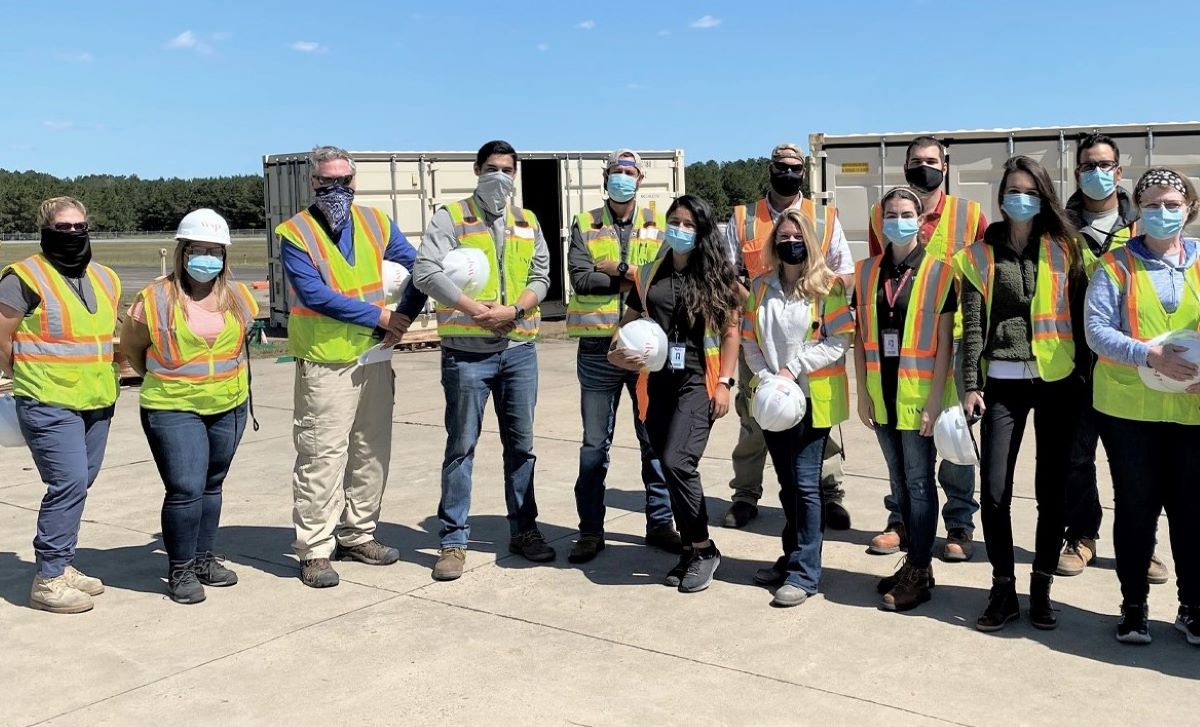
In fact, COVID-19 was by no means the only event that WSP’s emergency management and disaster response team has responded to over the past year. While managing COVID-19 testing sites in the fall, the team had to mobilize to respond to hurricanes in the Southeast.
“We’re in the business of preparing for the unexpected,” Walke said. “Every disaster requires something that the previous one didn’t require. Our clients hire us to be the solution that they couldn’t come up with on their own.”
The Bottom Lines
What we can see in the firm’s operation is how on-demand experience are being met – which satisfies not only the owners themselves but also the stakeholders. With accurate strategies that boost both internal and external development, WSP has breathed itself the motivation for thriving.

